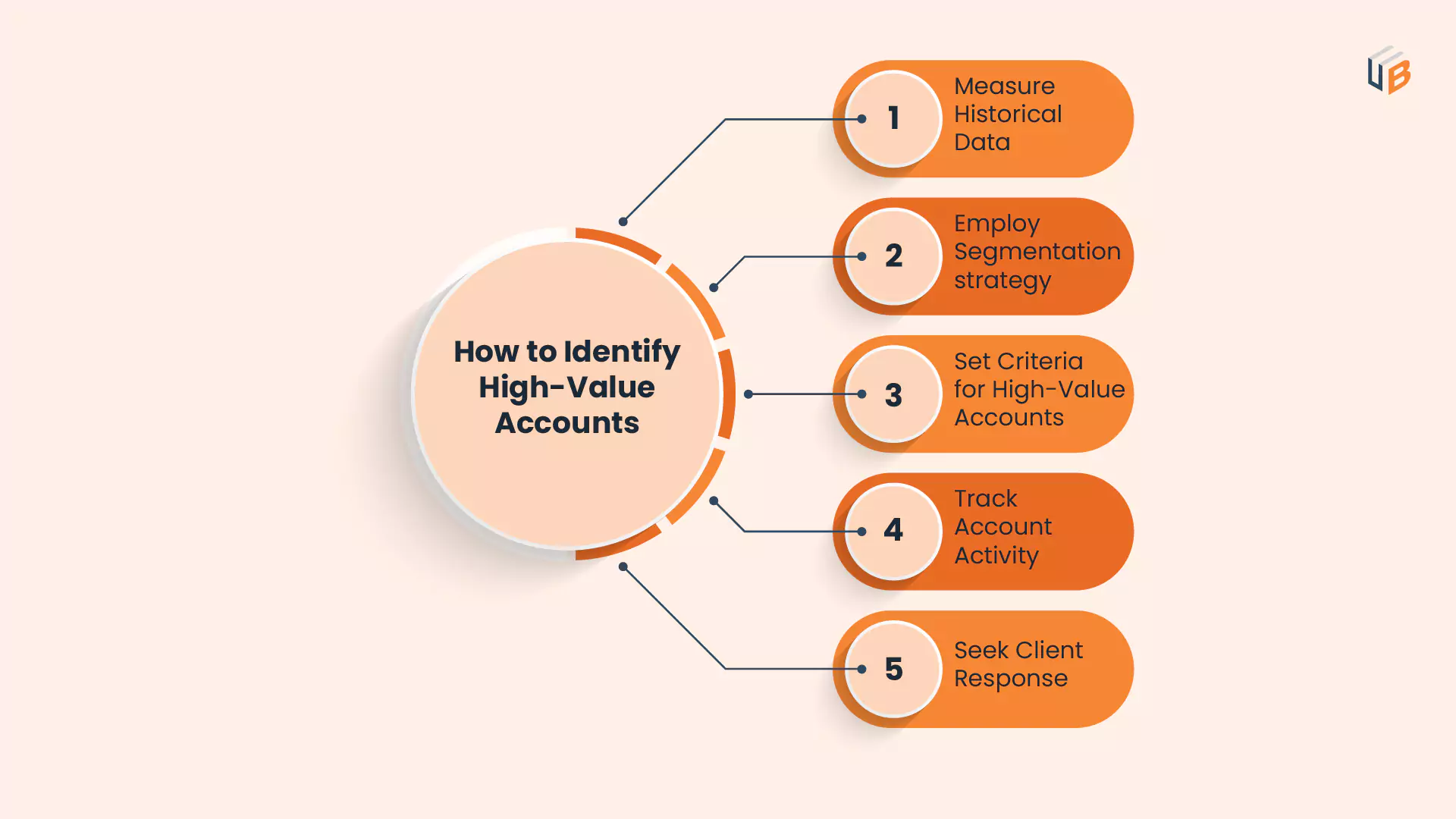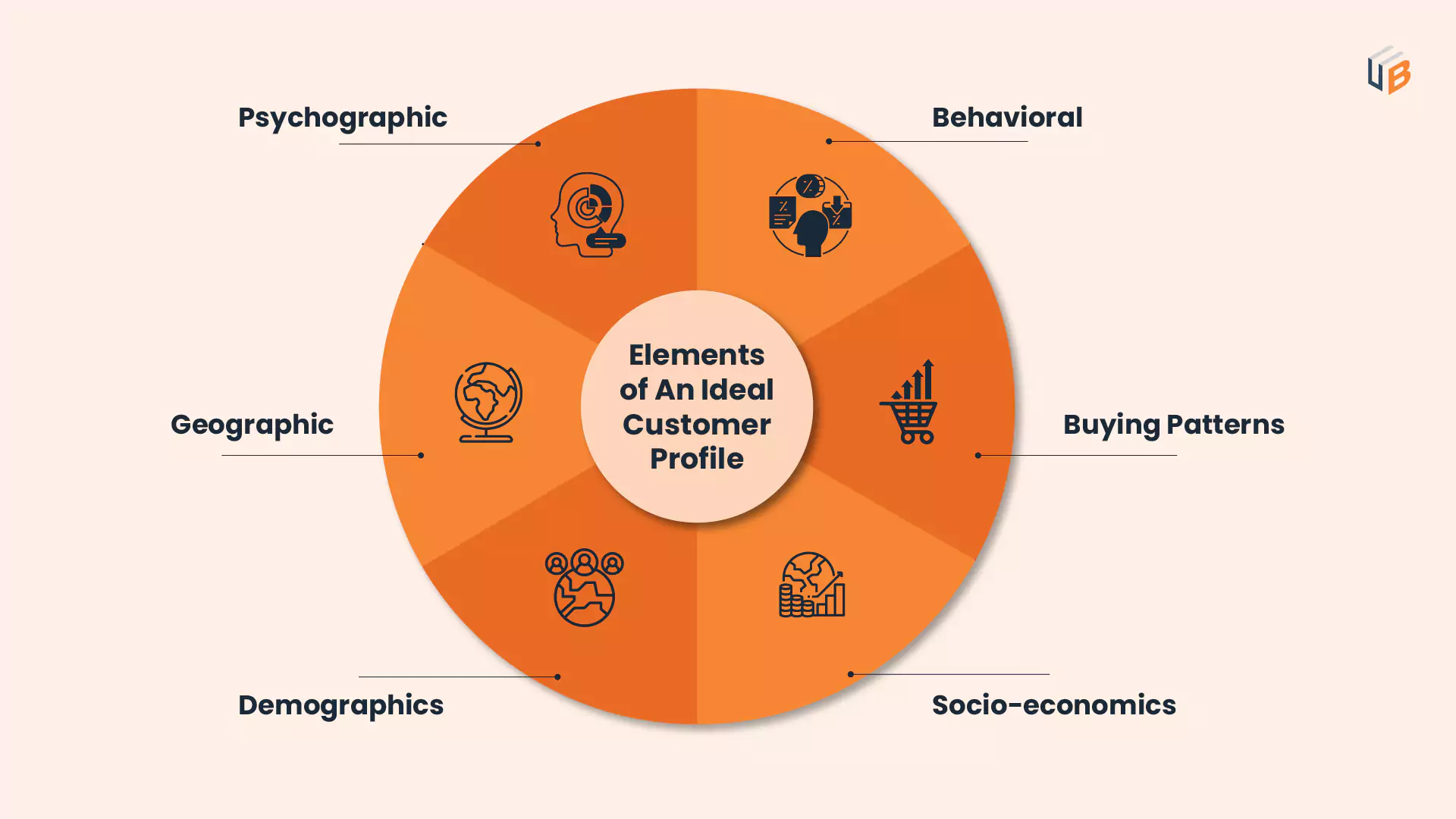
In today’s dynamic sales landscape, implementing Target Account Selling (TAS) is more than a strategy. TAS is a research-intensive approach that requires teams to make a targeted list of prospective customers and nurture them with personalized care throughout the entire buyer’s journey.
TAS comes with tons of advantages and marketers can get ahead of the competition in the coming year with its help. It brings a paradigm shift by directing your sales team’s focus towards high-value accounts. Target account selling also enhances the efficiency of your sales efforts.
Also, it nurtures stronger and more meaningful customer relationships. For a deeper understanding and to supercharge your sales lead generation, explore the benefits of sales lead generation outsourcing, and leverage the insights provided in this valuable resource.
Advantages and Disadvantages of the Target Account Sales Model
By understanding both the advantages and disadvantages, businesses can make informed decisions on whether to adopt the Target Account Sales Model and, if so, how to navigate its intricacies effectively.
Advantages
1. Precision in Targeting
Target account selling excels in precise targeting, focusing on high-value accounts to increase the likelihood of successful engagements. It is one of the most effective ways to target bigger and better customers. Sales teams when implementing TAS provide personalized services to prospective clients that attract them to make deals with your enterprise.
2. Enhanced Relationship Building
By its definition, TAS ensures that the sales team focuses on high-priority accounts, giving no space to poor-quality accounts. These accounts generally don’t close and if make a deal don’t contribute anything significant to the ROI. Concentrating on a select number of accounts facilitates deeper and more meaningful relationships with clients, fostering long-term loyalty.
3. Gain Higher Annual Contract Value
With TAS, you will only have a handful of deals completed in a year but these deals will have a substantially higher annual contract value than previous deals. This is because you are ignoring the small deals in the funnel and focusing on the sharks that will bring in the most revenue for your business.
Disadvantages
1. Limited Market Coverage
The narrow focus of TAS may result in limited market coverage, potentially missing out on opportunities in broader market segments. Say if you provide multiple products or services, your reach will be limited and the sales will never reach its full potential. Also, there will always be some products which will be less purchased as the market will have less knowledge of it.
2. Potential for Overlooking Opportunities
A concentrated focus on specific accounts may lead to overlooking potential opportunities outside the initially identified target accounts. You will need to do comprehensive research which will require time and resources. However, this won’t be enough and you will overlook some opportunities that can turn out beneficial in the near future.
3. Adaptability Challenges
Target account selling might face challenges in adapting swiftly to changes in market dynamics or shifts in the target account’s priorities. Also, many firms and organizations won’t allow it as a primary sales strategy because it will take weeks for a sales rep to nurture a client only to say no in the end. Organizations would prefer a mix of small, medium, and large clients to keep the revenue flowing.
How to Identify High-Value Accounts
High-value accounts make your target account selling a successful strategy. There are five ways you can do it, they are:

1. Measure Historical Data
Historical data is fundamental as it shows a complete picture of how your prospects closed a deal in the past. So analyze historical data to identify accounts that make frequent purchases and have significant income sources. You can also look for purchase history, buying patterns, and overall customer behavior for greater insights.
2. Employ Segmentation strategy
Another way you can use this is by grouping the prospects. Segment accounts on the basis of income, spending habits, demographics, and engagement level. This will assist you in determining prospects in different categories giving you a clear picture of who to target and prioritize first.
3. Leverage Predictive Modeling Techniques
You can use a predictive modeling technique to know more about your target and separate the ones that are high-value. Utilize previous data such as customer churn rate, average transaction amount, and lifetime value. So that you know the future of the account and if it looks like they will discontinue business with you, you can make extra efforts to change their decision or find other high-value prospects
4. Track Account Activity
Monitor account activity to find any unusual spending or any shift or increase in the pattern. This can make your usual prospect a high-value prospect. You can also use automation tools or technology like data analytics platforms and transaction monitoring software to automate the entire process and get warnings in real-time.
Target Account Selling Methodology
To execute TAS successfully, one must thoroughly understand the fundamental mechanisms of this strategy. Let’s underscore the importance of each stage.
1. Setting Clear Objectives with Target Account Selling
Before diving into TAS, it’s essential to set clear objectives to guide your team in defining their goals and aligning them with the TAS approach. You will need to create clear TAS goals and identify what you want to achieve by selling through this approach. Your goals can look like:
- Sign More Deals or get more accounts that are a good fit for your product or services and add them to your sales funnel
- Closing Deals faster to save the company the long cycle cost and time
- Upselling and Cross-Selling to the customer based on the data or information you have collected
2. Defining the Ideal Target Account Profile
Understanding your ideal customer is paramount in crafting a successful account targeting strategy. Create a detailed target account profile that maximizes the impact of your sales efforts.

Sometimes, it is even beneficial to create individual buyer personas for different individuals and decision-makers. Once you know what your target audience looks like, you can find your accounts.
3. Compiling a Comprehensive List of Target Accounts
Once you have a clear goal and ICP it is time to create a detailed list of target accounts. Your sales team has everything they need handy, so you have to find companies or individuals who fit your ICP. You can begin your search from LinkedIn and find companies, CEOs, and other decision-makers. You can ensure that they fit in your ICP and confirm the location, industry, and company size that align with your target.
4. Finalizing the List and Initiating the Sales Process
Once the list is compiled, it’s time to initiate and boost the B2B sales process make that crucial first contact, and kickstart the sales journey. You have done the hard work of researching and making a list and it will be useless if you don’t reach out to them.
You can use automation tools that will put prospect’s name and job title in an email so it will look like you are reaching out to them and it is not a generic email.
Conclusion
Target Account Selling is a dynamic and strategic approach that can significantly elevate your sales team’s performance. By focusing efforts on high-value accounts and following the structured TAS process, businesses can unlock new levels of success in their sales endeavors.
Ready to take your sales strategy to the next level? Explore the power of Target Account Selling for a smarter and more effective approach. Discover effective ways to generate B2B leads to complement your Target Account Selling strategy. Elevate your sales game today!
FAQs
Q1: What distinguishes Target Account Selling from other sales strategies?
According to LinkedIn, when executed effectively, target account selling provides sales teams with a competitive edge. It enables them to establish relationships with multiple stakeholders simultaneously, saving the effort of starting anew for each individual.
Q2: Are there any potential drawbacks or risks associated with implementing the Target Account Selling approach?
Employing this sales approach demands a significant investment of time and effort, surpassing the simplicity of sending mass emails to a broader audience. The meticulous process of refining potential leads down to the most suitable ones and demands substantial effort. Even after this thorough process, it’s acknowledged that some leads may still decline (insights from Monday).
Q3: How to develop a focused outreach strategy?
The Pipeline highlights that account-based selling relies on precise, personalized outreach tailored to both the company and key stakeholders. As a sales rep, communicate your collateral needs clearly to the marketing department. For successful account-based selling, address gaps in materials and convey buyer preferences.
For instance, selling HR software to a healthcare account requires tailored emails to the Director of HR, HR Managers, and HR Assistants. This approach introduces each member of the buying committee to your brand, focuses on their specific concerns, and encourages conversations about your platform at all levels, ensuring familiarity and personal interest in your product’s benefits.
Our blog
Latest blog posts
Tool and strategies modern teams need to help their companies grow.

This comprehensive guide covers everything about service marketing—its unique chara...

Believe it or not, the concept of content sharing existed long before the Internet. I...

Sales analysis is essential to avoid inaccurate forecasts and identify improvement op...




